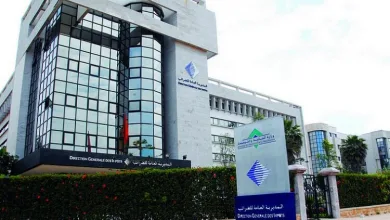Gas Stations in Morocco: A Rapidly Evolving Market

The gas station market in Morocco is rapidly evolving, driven by growing demand, infrastructure modernization, and increased attention to environmental issues. This sector, essential for mobility and the country’s economy, is redefining its role in Moroccans’ daily lives. Here is an analysis of this transformation.
A Dominant and Diverse Sector
Morocco has 20 fuel distribution companies, 11 of which are active in imports. Among them, Afriquia leads with a 29% market share. In comparison, Vivo Energy Morocco (Shell) and Total Morocco each account for 14% of diesel imports. Other players like Ziz, Winxo, and Libya Oil Morocco also hold significant market shares.
These companies distinguish themselves through strategies focusing on innovation and expanding their presence to meet motorists’ needs, fostering constant competition-driven improvements.
Towards a New Generation of Gas Stations
To face competition, distributors are modernizing their infrastructure. “2.0” stations offer more than fuel, such as:
- Automatic car washes: Fast and efficient.
- Modern convenience stores: Ideal for quick shopping.
- Electric charging stations: Perfect for electric vehicles.
- Rest areas: Great for breaks during trips.
These stations are transforming into multifunctional spaces, enhancing user experience and attracting diverse clientele.
Gas Stations: More Than Just Distribution Points
Gas stations today integrate modern technologies and alternative fuels. Distributors are also investing in clean energy through electric charging stations and solar power, reflecting their commitment to environmental concerns.
Demand Driven by Vehicle Growth
The continuous rise in Morocco’s vehicle fleet fuels this sector. In 2017, there were 4.06 million vehicles, an 18% increase compared to 2014. Private cars account for 70% of this total, particularly in major cities like Casablanca and Rabat.
Future Challenges and Opportunities
Despite progress, challenges remain, such as integrating renewable energy, managing volatile international prices, and adapting to electric vehicles. However, these challenges also offer opportunities for innovation and enhanced competitiveness.





